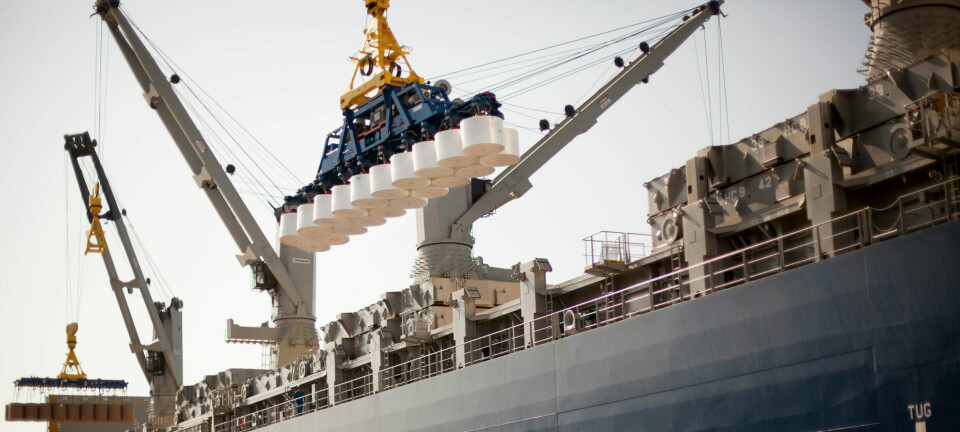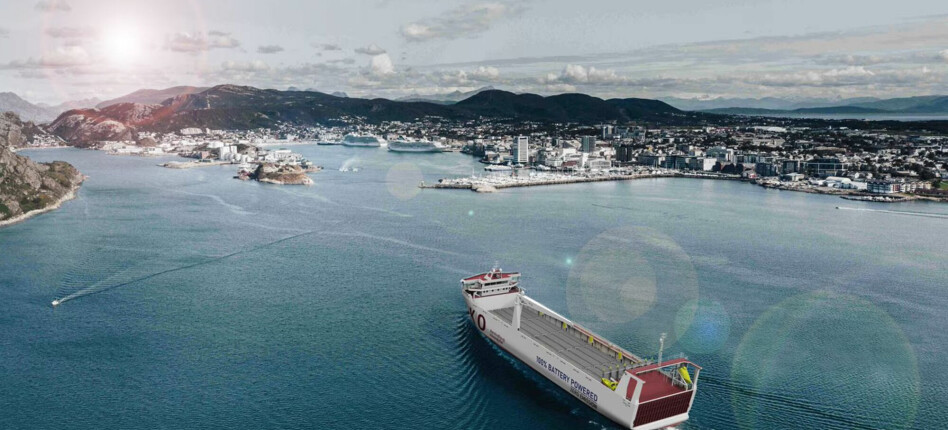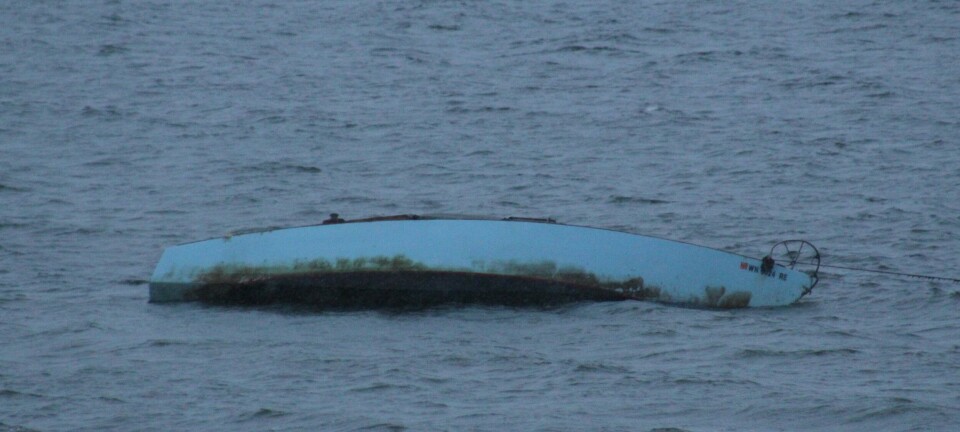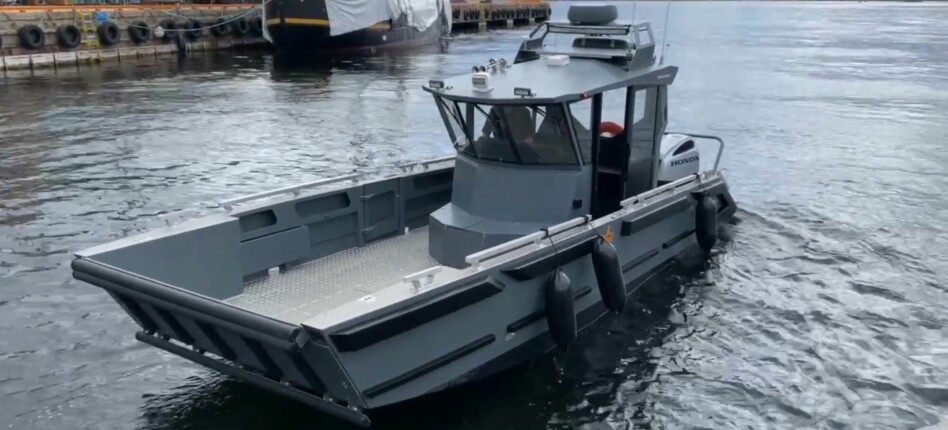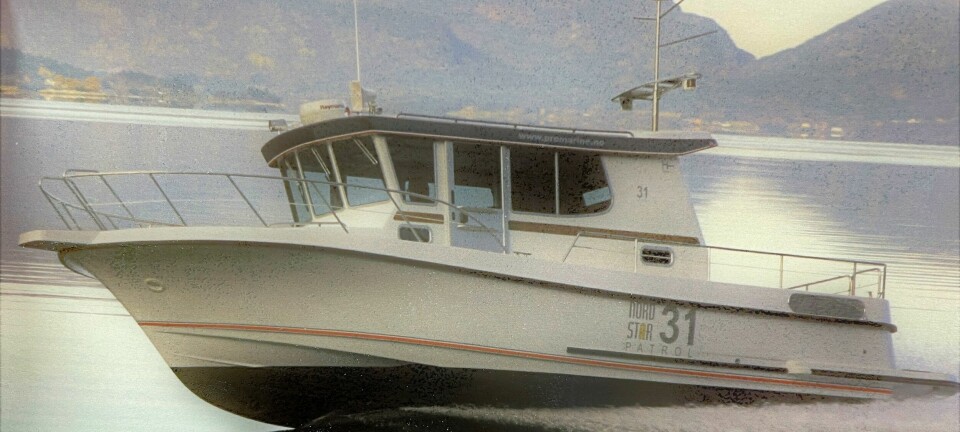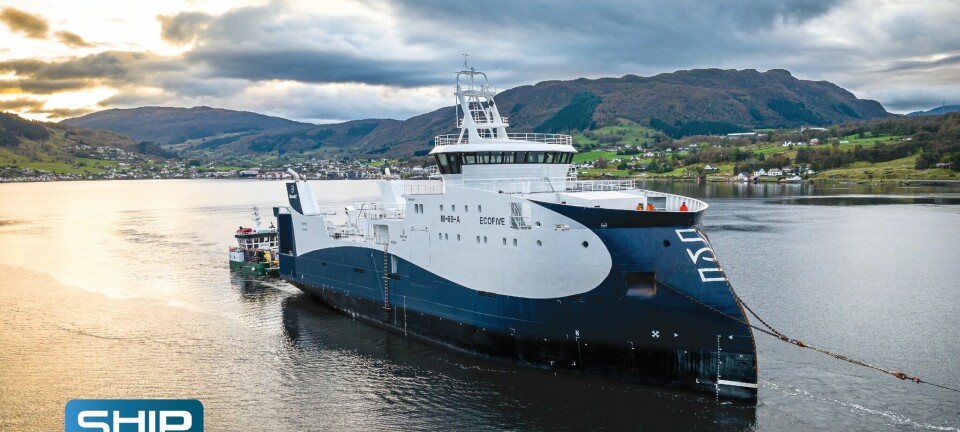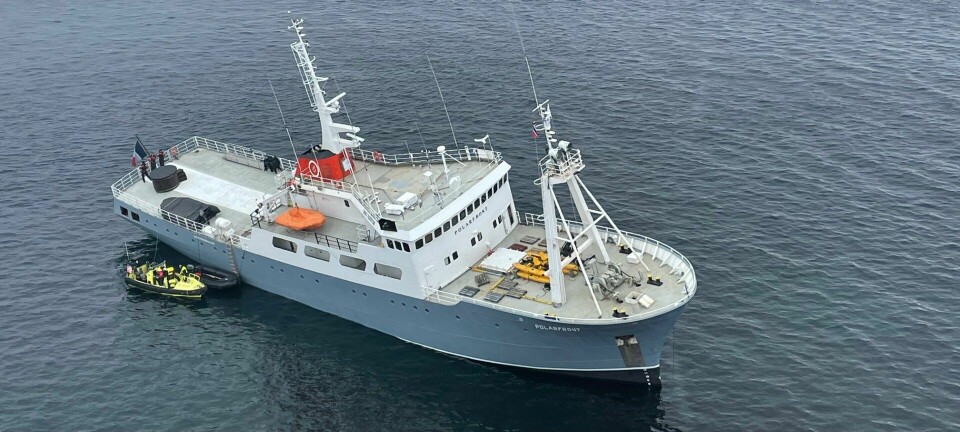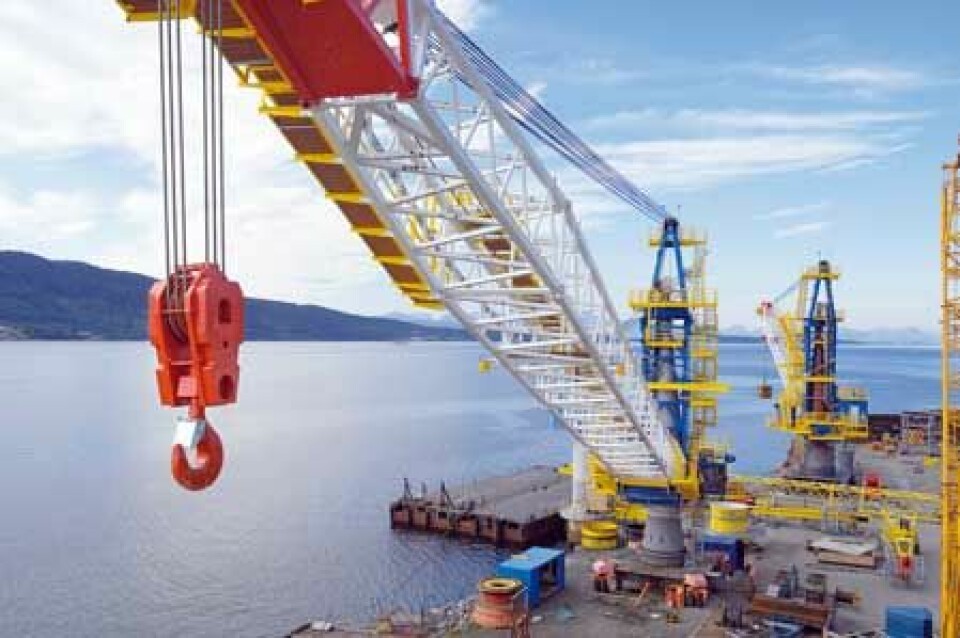
Launching of a new all-electric offshore crane with PM motor technology
Permanent Magnet Motor (PM-motor) Technology has been developed and implemented for use on large offshore cranes. This new technology using an “inside-out” PM-motor integrated in the winch drum was first introduced to the offshore market four years ago, in a Manrider winch application.
Denne artikkelen er tre år eller eldre.
This technology is now adapted to larger horsepower winches, increasing safety and operational performance for the crane. This PM-motor winch satisfies both the API- and the European Norm regulations for crane applications.
The winch is designed with low inertia and fast response time to be able to spool out the wire rapidly in case of an overload situation for the crane. Using a winch with integrated PM-motor the overall inertia of the winch is low compared with an AC-motor solution, and makes it possible to obtain the required speed and accelerations.
Another safety advantage using a PM-motor for lifting applications is the integrated braking capability. When the PM-motor is short circuited via resistors, the PM-motor will start working as a generator.
So even if a complete power failure occurs, the PM-motor will start acting as a dynamic brake, preventing a “free fall situation”.
Extensive testing of the Permanent Motor, the complete Winch and its Variable Frequency Drive Control system has been performed to verify that the equipment satisfy all applicable crane requirements related to speed, accelerations, torque etc.
Advantages: Health, Safety and Environment (HSE)
• Improved healthcondition for the workers:
– Employees are not exposed to any toxic or poisonous liquid or vapor due to the chemical composition of the oil.
• Improved safety for the workers:
– Enhanced safety in lifting application when using PM-motors due to integrated dynamic braking capability.
– High pressure accumulators are avoided
– Less maintenance –less risk for potential hazardous
situations
• Improved environmental conditions:
– No risk for pollution to the environment due to oil spillage
– Increased efficiency leads to less fuel consumption –less pollution to the environment
• Improved operational availability and functions:
– No risk for failure due to contamination in the oil
– More accurate speed-and torque control; no hysteresis or pressure drop
– Insensitive to ambient temperature changes
– Less sensitive to extreme low temperatures as in arctic areas
– Enhanced functionaleties can be included in the control system
– No risk for cavitation
• Easier installation and start-up:
– No installation of fixed piping, bends etc
– No flushing and pressure testing required
– No risk for adding contamination into the system during hook-up
– No adjustments of valves (pressure setting, flow setting etc)
• Less maintenance:
– Fewer components installed leads to reduced maintenance and
troubleshooting
Disadvantages: Higher inertia and more space consuming
• Higher inertia than a hydraulic motor / hydraulic solution
• More space consuming on the actual machine since the electrical actuator (motor) is larger in size compared with a hydraulic actuator with equivalent capacity.
• Hydraulic cylinder is a fantastic invention.
PM-motor versus induction motor
Advantages: Inertia, space and emergency operations
• Integrated braking capability –enhanced safety in lifting applications as winches etc.
• Power-to-weight/size ratio is increased approximately 30%
• High flexibility in size and shape –can apply to different mechanical designs
• High flexibility in performance –high torque / low speed motors
• Reduced inertia –faster response time Reduced audible noise
Disadvantage: Cost is higher for a PM-motor
